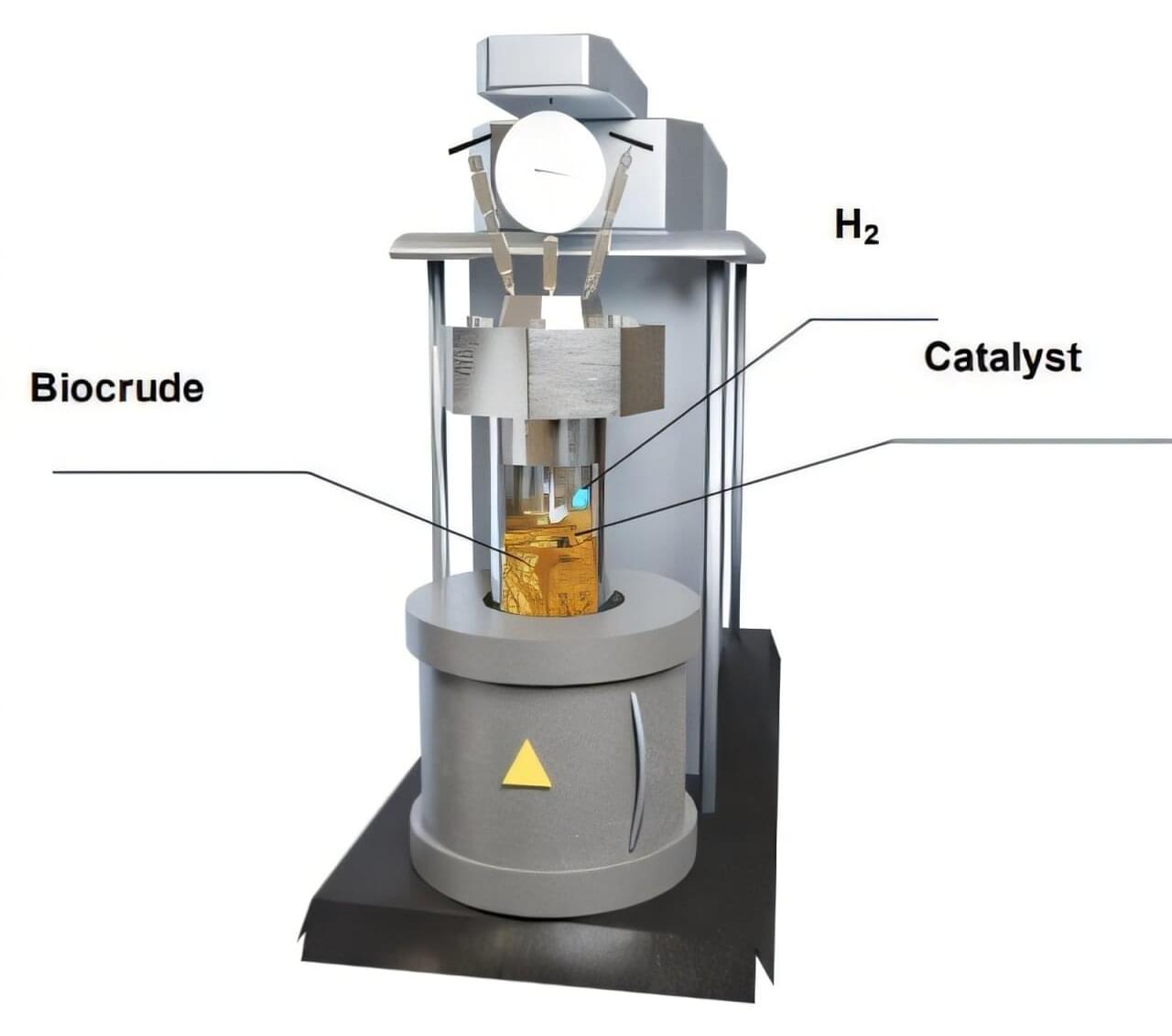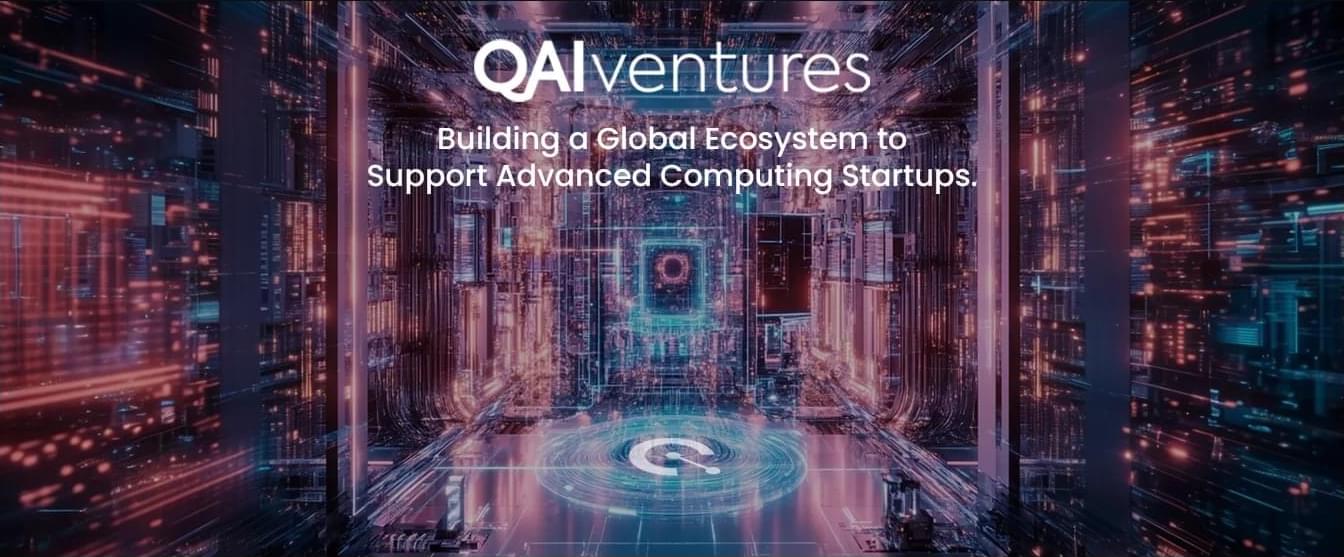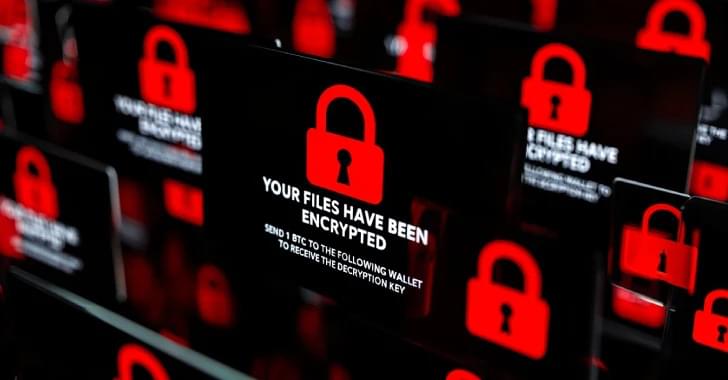With Mount Fuji 100 kilometers away, the video from the Tokyo Metropolitan Government aims to inform Tokyoites about how an eruption could still seriously impact their lives.
Category: government


Pairing food waste and nanocatalysts to reduce carbon emissions in aviation
For researchers from The Grainger College of Engineering at the University of Illinois Urbana-Champaign, a new avenue for reducing carbon emissions can be found on the side. A side of salad dressing, that is.
In 2020, the United States federal government committed to achieving net-zero carbon emissions by 2050. An important step toward carbon neutrality is embracing sustainable aviation fuel (SAF), an alternative to conventional jet fuel that is made from renewable feedstocks. As part of this initiative, Grainger engineers have been hard at work creating the critical nanocatalysts for converting biocrude oil from food waste such as salad dressing into sustainable aviation fuel.
Hong Yang, a professor of chemical & biomolecular engineering, and Yuanhui Zhang, a professor of agricultural & biological engineering, joined forces to tackle this problem.
Misinformation and distrust in science — with Naomi Oreskes
Find out how organisations like tobacco and fossil fuel companies sell doubt about science, in order to undermine public trust.
You can watch Naomi’s recent talk about the origin of the plate tectonics theory here: • Rethinking the origin of plate tectonics -… and if you sign up as one of our Science Supporters, see the full Q&A here: • Q&A: Rethinking the origin of plate tecton…
Buy Naomi’s book ‘Merchants of Doubt: How a Handful of Scientists Obscured the Truth on Issues from Tobacco Smoke to Global Warming’ here: https://geni.us/orTZL9D
00:00 Introduction.
0:41 Why do bad actors work to create mistrust in science?
2:26 How do bad actors create mistrust in science?
3:24 How does the fossil fuel industry create mistrust?
5:04 How can we rebuild trust in science and government?
7:50 Does it matter who funds science?
11:52 What role does government regulation play in science?
14:01 How does the concept of freedom affect the climate debate?
Naomi Oreskes is Professor of the History of Science and Affiliated Professor of Earth and Planetary Sciences at Harvard University. She has worked on studies of geophysics, climate change and the history of science. She sits on the board of US based not-for-profit organisations the National Center for Science Education and Climate Science Legal Defense Fund. She is a distinguished speaker and has published 10 books, including Science on a Mission and The Big Myth.
The Ri is on Twitter: / ri_science.

U.K. Government Drops Apple Encryption Backdoor Order After U.S. Civil Liberties Pushback
The U.K. government has apparently abandoned its plans to force Apple to weaken encryption protections and include a backdoor that would have enabled access to the protected data of U.S. citizens.
U.S. Director of National Intelligence (DNI) Tulsi Gabbard, in a statement posted on X, said the U.S. government had been working with its partners with the U.K. over the past few months to ensure that Americans’ civil liberties are protected.
“As a result, the U.K. has agreed to drop its mandate for Apple to provide a ‘backdoor’ that would have enabled access to the protected encrypted data of American citizens and encroached on our civil liberties,” Gabbard said.

Discover How AI is Transforming Quantum Computing
Quantum technologies have had a meteoric rise and become a key area of prioritization for governments, academics, and businesses. Government funding commitments total almost $40 billion, while private investments since 2021 total nearly $8 billion. The US agency, National Institute of Standards and Technology, released this year three new post-quantum security standards, which governments classify as ‘critical resources’ for the economy and national defense. Meanwhile, users of quantum technologies experiment with them, from industry applications in drug development and materials science to energy grid optimization and logistics efficiency.
Yet, besides a few areas, such as quantum sensing, practical and impactful quantum technologies haven’t matured for widespread use. However, when combined with classical machine learning, practical use cases emerge.
This article delves into the impact and potential of artificial intelligence and quantum technologies with QAI Ventures, a financial partner and ecosystem builder in quantum technologies and AI, as a potential collaborator for startups to deliver investment, resources, global networks, and tailored accelerator and incubator programs.
This article covers AI and quantum technologies with QAI Ventures, a financial partner and ecosystem builder in emerging technologies.
Tinfoil Hat: Secrets, Conspiracies, Myths and Legends
The stuff THEY don’t want you to know. Who is they? The government? The illuminati? Are they the same? Who pulls the strings of power in the world? It may not be the people we think it is. And those running our world are not the people we elected. For centuries the powerful have kept secrets from the prying public. But with the advancement of technology, it has never been easier for the masses to seek out the truth — and expose the lies. They will stop at nothing to protect their agenda. Is this channel safe? Are YOU safe?
Grab your tinfoil hat and let’s dig into secrets, unsolved mysteries, coverups and conspiracies!

Charon Ransomware Hits Middle East Sectors Using APT-Level Evasion Tactics
The threat actor behind the activity, according to Trend Micro, exhibited tactics mirroring those of advanced persistent threat (APT) groups, such as DLL side-loading, process injection, and the ability to evade endpoint detection and response (EDR) software.
The DLL side-loading techniques resemble those previously documented as part of attacks orchestrated by a China-linked hacking group called Earth Baxia, which was flagged by the cybersecurity company as targeting government entities in Taiwan and the Asia-Pacific region to deliver a backdoor known as EAGLEDOOR following the exploitation of a now-patched security flaw affecting OSGeo GeoServer GeoTools.
“The attack chain leveraged a legitimate browser-related file, Edge.exe (originally named cookie_exporter.exe), to sideload a malicious msedge.dll (SWORDLDR), which subsequently deployed the Charon ransomware payload,” researchers Jacob Santos, Ted Lee, Ahmed Kamal, and Don Ovid Ladore said.

How a string of deadly shark attacks made a remote island a hub of lifesaving research
In an instant, one French surfer’s tropical vacation became a nightmare. On a late afternoon in February 2011, Éric Dargent was riding the waves off Réunion, a small island in the Indian Ocean renowned for its world-class waves, when a shark mangled his left leg. Luckily, a nearby surfer quickly fashioned a tourniquet to stem the bleeding and helped him ashore. Surgeons ended up amputating Dargent’s leg above the knee.
At the time, the attack was seen as unusual. But it turned out to be the beginning of what would become known on Réunion as “la crise requins,” or the shark crisis. Over the next 8 years, sharks attacked 30 people around the island, killing 11—accounting for an extraordinary 18.5% of known global shark fatalities over that period. The attacks earned Réunion infamy as a “shark island,” prompting officials to close its beaches to swimming and surfing, causing immense damage to its lucrative tourism industry.
Scientists, however, flocked to the island. In an effort to understand the outbreak and prevent future attacks, the French government, which oversees Réunion, poured millions of euros into studying shark ecology and behavior, as well as technologies to deter attacks. Réunion soon became a major center for shark attack research, rivaling long-established programs in Australia and South Africa. The work has resulted in scores of scientific papers in a wide range of fields, from ecology to social science, and produced technology now used in other regions to catch dangerous sharks while sparing less threatening animals. It has also fueled controversy—including debates over whether wearable electrical devices designed to repel sharks really work and whether the mass killing of the predators increases beach safety—and exposed deep divides in how people view sharks.
OpenAI’s GPT-5 Flop, AI’s Unlimited Market, China’s Big Advantage, Rise in Socialism, Housing Crisis
Questions to inspire discussion.
📊 Q: How did GPT-5 perform compared to GPT-4? A: GPT-5 was narrowly ahead of GPT-4 in artificial analysis, but GPT-4 was significantly better in “humanity’s last exam” and RKGI2, which measures tasks relatively easy for humans but hard for AIs.
🌐 Q: What is the key architectural improvement in GPT-5? A: GPT-5 has a multimodal architecture that can self-select the underlying model for a task, providing a simple, clean interface without users needing to understand technical details.
AI industry growth and economic impact.
💰 Q: How much is being invested in the AI industry annually? A: The AI industry is experiencing astronomical growth, with hundreds of billions of dollars being deployed annually, and a projected trillion dollars in the next 5 years on data centers and AI infrastructure.
📈 Q: Are there already economic returns on AI investments? A: Economic returns on AI investments are already evident, with companies like Meta and Microsoft reporting significant revenue growth and productivity gains.